Technological hunger Can AI crave food?
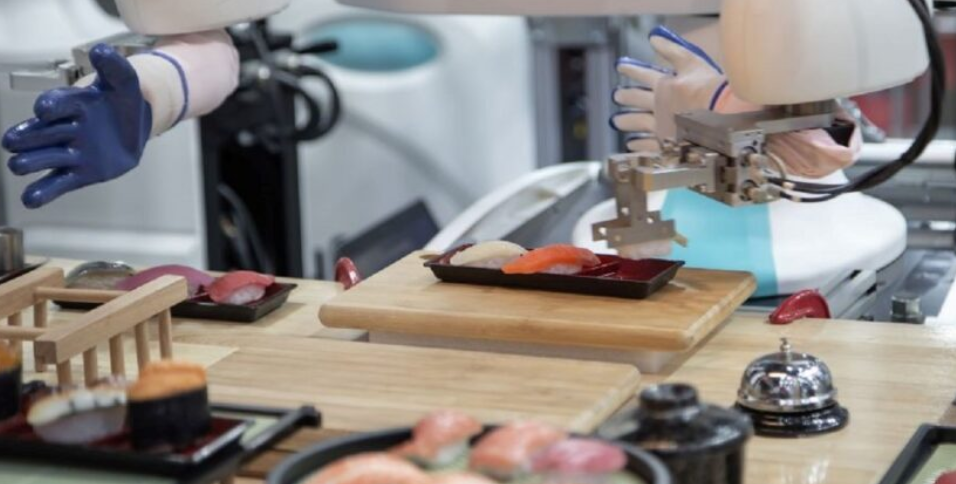
Hello everyone, science and snack lovers! In the exciting world of technology and artificial intelligence, we sometimes wonder unusual things, such as whether AI could ever be hungry and, why not? Develop a taste for food! Well, we’re not seeing robots ordering pizza or dreaming of chocolate ice cream just yet, but the team of Penn State researchers is cooking up something intriguing. They have created something that looks like something out of a science fiction movie: an electronic tongue! But this is not just any language; it mimics how taste influences our food choices, taking into account both our needs and our wants. That’s right, an AI that eats like a human!
Artificial intelligence has advanced by leaps and bounds, but so far it has not incorporated our emotional side. Have you heard of emotional intelligence? It’s that spark that makes human behavior so complicated. Well, Penn State engineers wondered if they could bring that spark to AI. Imagine you have all the food options at your disposal, you would choose what you like the most, right? Of course, no one chooses something bitter if they can have something sweet. That’s what happens to us humans, sometimes even when we’re full, we still find room for that piece of chocolate cake at a work party. It’s the emotional part that makes us whimsical!
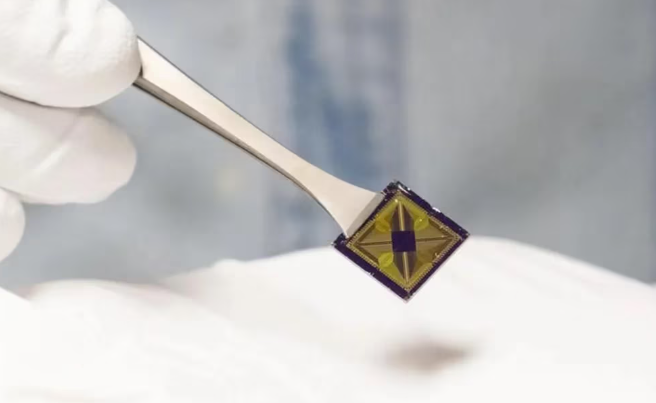
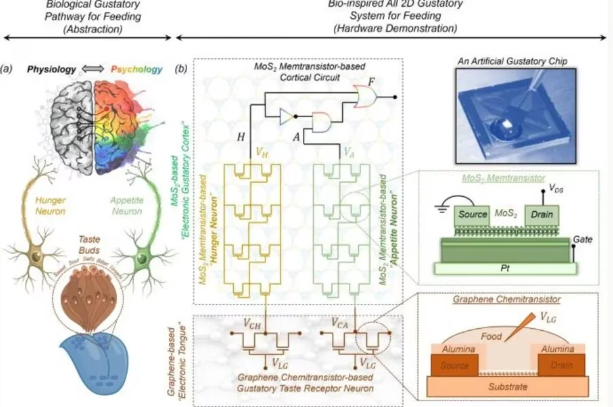
So how did they replicate this in a machine? Scientists created an electronic tongue and an electronic taste cortex using ultrathin materials, such as graphene. It works with small electronic sensors called chemotransistors, which can detect chemicals, and uses memtransistors to remember past signals – in short, they created a system that “knows” what things taste like. This process can be applied to the five main tastes: sweet, salty, sour, bitter and umami. Can you imagine an AI helping you choose the best food for your mood? It’s like having a personal culinary assistant!
The next steps are exciting: they want to create an integrated “taste chip” that will further simplify the whole process and after mastering taste, who knows, maybe we can train the AI to be a world-class wine taster. But the cherry on the (chocolate) cake is that this concept is not limited to just the sense of taste; researchers expect that in the future, AIs will have visual, auditory, tactile and olfactory emotions. So get ready for a full emotional AI!
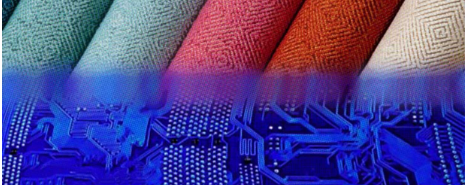
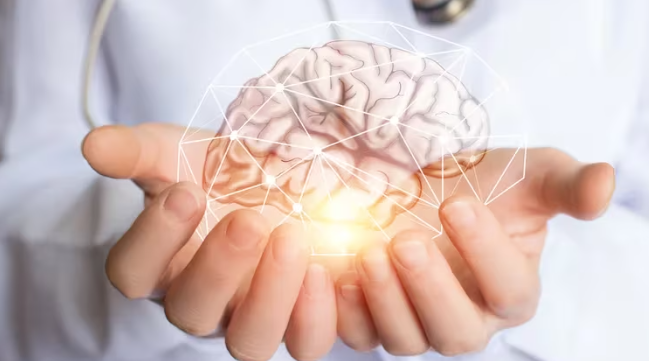
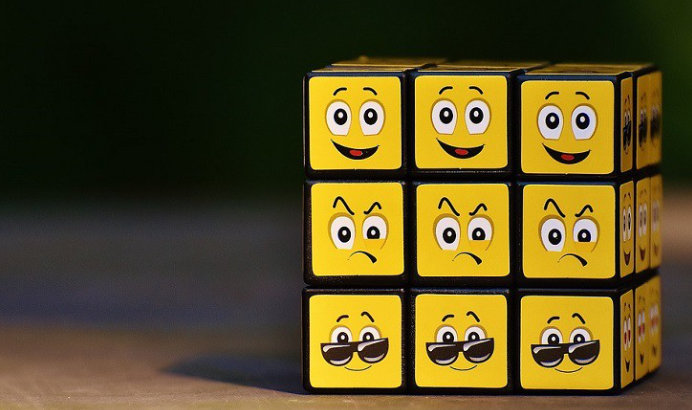


Responses